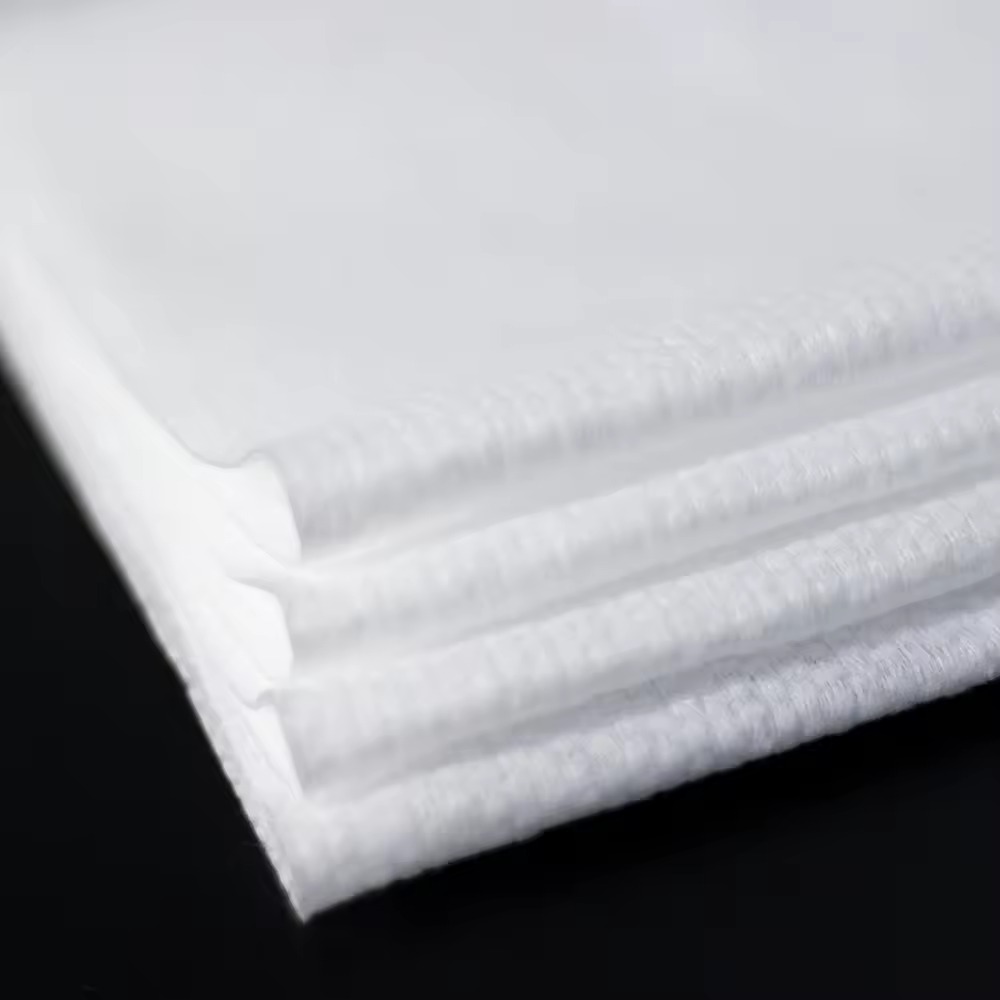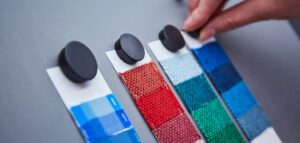The global textile industry is undergoing a transformation as sustainability, innovation, and functionality become top priorities. Among emerging eco-friendly fabrics, bamboo fiber spunlace nonwoven has established itself as a key material, combining natural advantages with advanced production methods. Beyond its softness, absorbency, and antibacterial qualities, new treatments and technologies are expanding its performance and application range. From plasma surface modification to nanotechnology and intelligent manufacturing, innovation is reshaping bamboo nonwovens for the future.
Plasma Treatment: Enhancing Performance Without Chemicals
One of the most promising innovations for bamboo fiber spunlace nonwoven is plasma surface treatment. Plasma technology modifies the surface of fibers at the molecular level without affecting the bulk structure of the fabric.
Glow Discharge Oxygen Plasma
In particular, glow discharge oxygen plasma has shown remarkable results in improving the surface energy of bamboo fibers. By introducing polar functional groups onto the fiber surface, plasma treatment enhances wettability and bonding, which translates into:
Better moisture absorption and wicking – allowing fabrics to dry faster and feel fresher.
Improved abrasion resistance – extending the durability of wipes, medical dressings, and apparel.
Enhanced dyeing and printing performance – enabling more vibrant colors in fashion and lifestyle products.
Eco-Friendly Alternative
Unlike chemical treatments, plasma modification does not involve harmful solvents or leave chemical residues. This aligns perfectly with the eco-friendly positioning of bamboo nonwovens, ensuring products remain safe for sensitive applications such as baby care and medical use.
Structural Enhancements Through Technology
Beyond plasma treatment, other innovations are also improving the mechanical and functional properties of bamboo fiber nonwovens:
Nanofiber Integration: Electrospinning techniques allow ultrafine bamboo fibers to be blended with nanofibers, enhancing breathability, filtration, and softness.
Composite Structures: Layering bamboo fiber spunlace with meltblown or spunbond nonwovens produces hybrid fabrics that combine softness, strength, and barrier properties—ideal for medical gowns, masks, and hygiene products.
Moisture-Wicking Modifications: Treatments to optimize capillary action improve comfort in apparel, undergarments, and sportswear.
Flame Retardant and Antistatic Additives: Expanding nonwoven usage into technical textiles and automotive interiors.
Industry Trends and Investments
Expansion of Spunlace Production Lines
With rising demand for eco-friendly hygiene products, countries such as China, India, and parts of Europe are investing heavily in new spunlace nonwoven production lines. Bamboo, as a renewable and biodegradable raw material, is gaining preference over petroleum-based alternatives.
Automation and Smart Manufacturing
Industry 4.0 principles are being adopted in nonwoven production. Intelligent sensors, real-time monitoring, and automated quality control systems are being integrated into spunlace lines, ensuring consistent product quality while reducing waste and energy use.
Growing Consumer Awareness
The shift toward biodegradable wet wipes, sustainable feminine hygiene products, and green medical supplies is accelerating. Brands that highlight bamboo as a raw material can differentiate themselves by aligning with consumer demand for eco-conscious alternatives.
Future Prospects of Bamboo Nonwovens
The outlook for bamboo fiber spunlace nonwoven is highly positive, with opportunities across both consumer and industrial sectors:
Healthcare and Hygiene Expansion
Demand for antibacterial, biodegradable wipes and dressings will continue to grow.
Hybrid bamboo nonwovens with enhanced filtration are likely to dominate the medical textile market.
Beauty and Personal Care
Bamboo facial masks, cosmetic pads, and skincare wipes are set to gain traction in the clean beauty sector.
Natural antibacterial protection offers an edge over synthetic competitors.
Sustainable Fashion and Lifestyle
Bamboo nonwoven fabrics could expand into sportswear, casual clothing, and eco-friendly fashion accessories.
Integration with smart textiles (moisture sensors, temperature regulation) may create niche markets.
Industrial and Technical Textiles
Flame-retardant bamboo nonwovens may see wider adoption in automotive interiors, insulation, and construction materials.
Eco-friendly alternatives to synthetic geotextiles could emerge, particularly in regions with strict environmental regulations.
Circular Economy Integration
Advances in recycling systems may allow used bamboo nonwovens to be composted or regenerated into new fibers, creating a closed-loop production cycle.
Challenges to Address
While prospects are strong, certain challenges must be overcome:
Higher production costs compared to conventional synthetic nonwovens.
Supply chain limitations, as bamboo fiber processing requires more infrastructure in some regions.
Performance balance, where biodegradability must be matched with durability for demanding industrial uses.
Consumer education, since many are unaware of the advantages of bamboo-based textiles.
Conclusion
Bamboo fiber spunlace nonwoven is at the intersection of innovation and sustainability, making it one of the most promising materials in modern textiles. With plasma treatment and advanced technologies, its performance can be elevated to meet demanding standards across hygiene, healthcare, beauty, and technical industries.
As investments in spunlace production and eco-friendly textiles continue to grow, bamboo nonwovens are positioned to expand far beyond wipes and hygiene products. By combining natural advantages, scientific innovation, and smart manufacturing, bamboo fiber spunlace nonwoven will play a defining role in the future of sustainable and high-performance fabrics.





